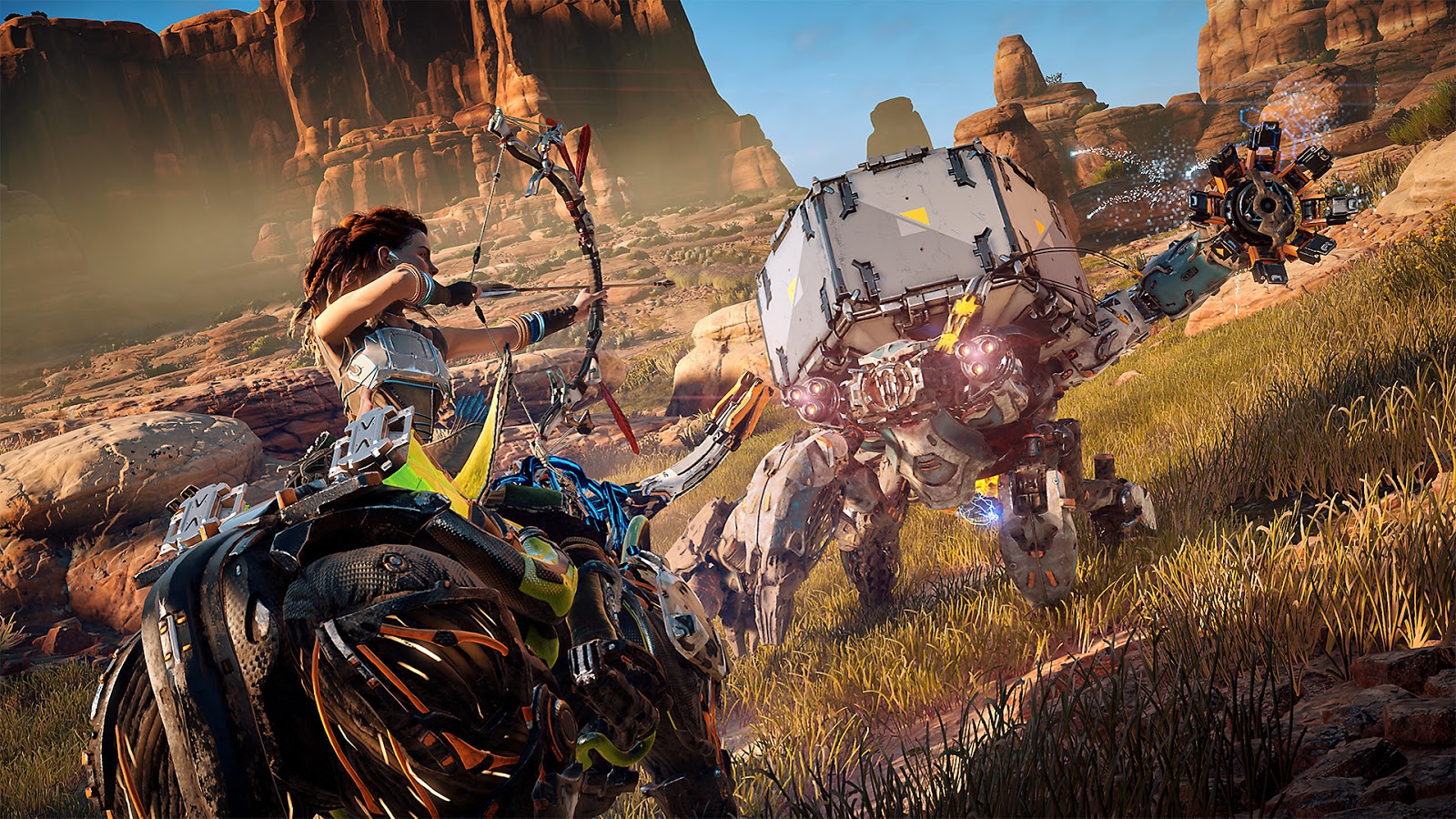


Moving on with our Titan comparison, much to our surprise NVIDIA has not touched the ROP/memory blocks at all (something they usually do), meaning GTX 780 comes with all 48 ROPs tied to a 384bit memory bus just as Titan does. This is nearly identical to what happened with the GTX 650 Ti, and as with the GTX 650 Ti it’s largely an intellectual curiosity since the difference in GPCs won’t notably impact performance.

GTX 780 cards will either have 5 GPCs or 4 GPCs depending on whether the 3 disabled SMXes are all in the same GPC or not. Titan’s 14 SMXes have been reduced to just 12 SMXes, reducing the shader count from 2688 to 2304, and the texture unit count from 224 to 192.Īt the same time because NVIDIA has gone from disabling 1 SMX (Titan) to disabling 3 SMXes, GTX 780’s GPC count is now going to be variable thanks to the fact that GK110 packs 3 SMXes to a GPC. This means that on the architectural side we’re looking at the same GK110 GPU, this time with fewer functional units. Going this route doesn’t offer much in the way of surprises since GK110 is a known quantity, but as we’ll see it allows NVIDIA to improve performance while slowly bringing down GPU prices.Īs the first of the desktop GeForce 700 lineup, GeForce GTX 780 is in almost every sense of the word a reduced price, reduced performance version of GTX Titan. Whereas GTX 680 was based on a fully-enabled GK104 GPU, GTX 780 is based on a cut-down GK110 GPU, NVIDIA’s monster GPU first launched into the prosumer space with GTX Titan earlier this year. The GeForce GTX 780 is the follow-up to last year’s GeForce GTX 680, and is a prime example of refreshing a product line by bringing in a larger, more powerful GPU that was previously relegated to a higher tier product. And with this in mind, this brings us to today’s launch, the GeForce GTX 780.

NVIDIA of course doesn’t have more functional units to turn on within their existing GPUs, so instead they’re doing the next best thing, acquiring more functional units by climbing up the GPU ladder itself. So where does NVIDIA go from here? As it turns out NVIDIA’s solution for their annual refresh is essentially the same: add more functional units.
#Nvidia geforce gtx 780 series
With the GeForce 600 series on the other hand, 28nm is relatively well behaved and NVIDIA has launched fully-enabled products at almost every tier, leaving them without an obvious route of progression for the Kepler refresh. This helped to boost yields on a highly temperamental 40nm process, but it also left NVIDIA an obvious route of progression for the GeForce 500 series. With the Fermi generation, NVIDIA initially shipped most GeForce 400 Fermi GPUs with one or more disabled functional units. In lieu of new process nodes and new architectures, NVIDIA has opted to refresh based on incremental improvements within their product lineups. But with TSMC no longer doing half-node steps as of 40nm, this means fab-drive improvements now come only every two years. Last decade saw TSMC doing yearly half-node steps, allowing incremental fab-driven improvements every year. New architectures are launched on new process nodes, which in turn ties everything to the launch of those new process nodes by TSMC. Unlike the CPU industry (specifically Intel), the GPU industry doesn’t currently live on any kind of tick-tock progression method. How NVIDIA goes about their refreshes has differed throughout the years. With their business strongly rooted in annual upgrades, this means NVIDIA’s GPU lineup is due for a refresh. With the GeForce 600 series proper having launched over a year ago, all the way back in March of 2012, most GeForce 600 series products are at or are approaching a year old, putting us roughly halfway through Kepler’s expected 2 year lifecycle. As the two year GPU cycle continues in earnest, we’ve reached the point where NVIDIA is gearing up for their annual desktop product line refresh.


 0 kommentar(er)
0 kommentar(er)
